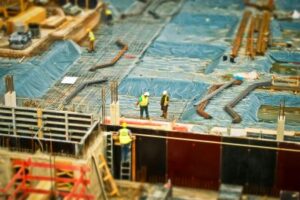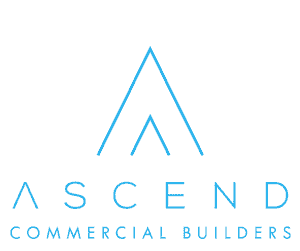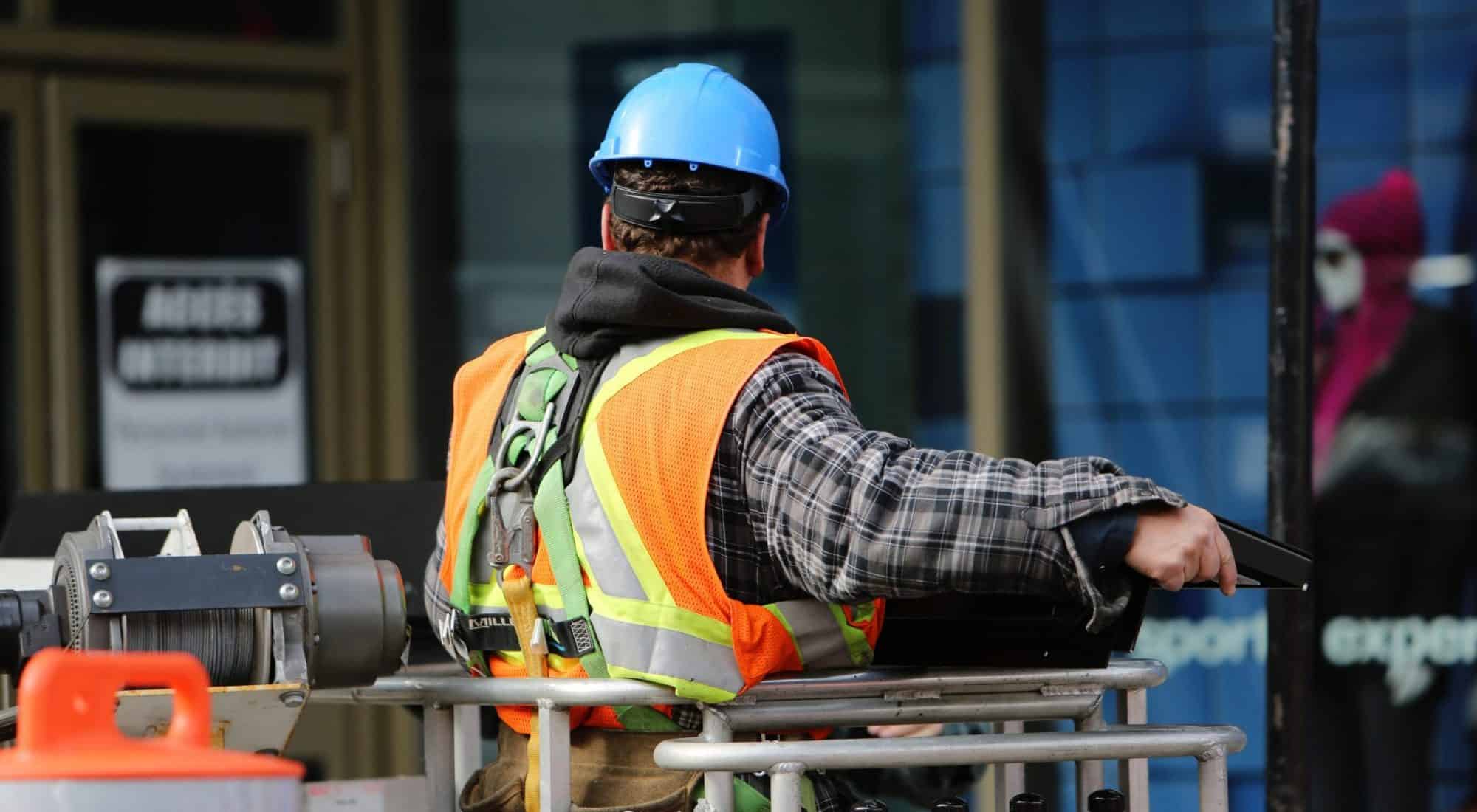
26 Oct Essential Steps in Planning a Commercial Construction Project
Essential Steps in Planning a Commercial Construction Project
Properly planning a commercial construction project requires careful organization, collaboration, and strategic forethought. From setting clear goals and selecting a site to securing financing and managing risks, every stage is crucial to achieving success. This article will guide you through each essential step in planning a commercial construction project to ensure efficiency, quality, and long-term profitability.

Define Project Goals and Vision
The first step in any commercial construction project is establishing a clear vision and setting project goals. This involves defining the purpose, scope, and desired outcomes of the project. Gather input from all stakeholders, including investors, owners, and end-users, to ensure everyone’s expectations align with the project’s objectives.
Conduct a Feasibility Study
A feasibility study assesses whether the proposed project is financially, legally, and technically viable. This step includes market research, financial analysis, and risk assessment. Evaluating the location’s suitability, accessibility, and potential for growth is essential to making informed decisions and identifying any potential roadblocks early. A feasibility study helps determine project viability, cost efficiency, and profitability. It provides critical insights into financial risks and can significantly reduce the likelihood of unforeseen setbacks during construction.
Set a Realistic Budget
Creating a budget helps keep the project on track financially. It’s important to estimate costs for labor, materials, permits, and other expenses, as well as to account for unexpected expenses. Budgeting effectively involves considering labor costs, materials, permits, and contingency funds. Allocate funds for unforeseen events and avoid budget overruns by planning conservatively.
Develop a Detailed Timeline
Establishing a timeline ensures that each phase of the project proceeds smoothly. This includes setting project milestones and anticipating potential delays. Utilize project management software or Gantt charts to help track deadlines and monitor progress.

Assemble a Project Team
The success of a commercial construction project relies heavily on a skilled and cohesive team. Key team members include architects, engineers, contractors, and specialized consultants who bring their expertise to various project aspects. Each team member’s role should be clearly defined to enhance collaboration. Establishing strong communication channels fosters teamwork and ensures everyone is aligned with the project’s vision.
Secure Necessary Permits and Approvals
Compliance with regulatory standards is essential. You’ll need to acquire the required permits, adhere to zoning laws, and undergo environmental impact assessments to ensure that the project aligns with legal requirements. Building codes and legal requirements can present unexpected challenges. Early planning for regulatory compliance minimizes the risk of project delays.
Conduct Site Selection and Analysis
Choosing the right location is a critical decision in commercial construction. Factors like site accessibility, environmental conditions, and proximity to infrastructure influence the site’s suitability.
Design and Architectural Planning
Working closely with architects and designers ensures that the project aligns with the vision and budget. This stage includes blueprint creation, material selection, and sustainable design elements.
Establish a Risk Management Plan
Identifying potential risks allows for proactive management of uncertainties that could affect project timelines or budgets. A robust risk management plan is key to minimizing disruptions.
Plan for Safety and Compliance
Prioritizing safety during construction protects workers and site visitors. Adhering to OSHA guidelines and establishing safety protocols is essential for maintaining a safe work environment.
Arrange Financing Options
Securing financing early on is essential to avoid cash flow issues. Explore options like bank loans, investor funding, or other financial solutions to cover project costs.

Organize Logistics and Resource Management
Efficient logistics ensure that resources are available when needed. This includes scheduling material deliveries, managing equipment, and maintaining inventory control.
Implement Quality Control Measures
Quality control guarantees the durability and success of the project. Regular inspections, quality standards, and defect management help maintain high standards.
Launch Construction and Oversee Progress
At this stage, construction begins with site preparation and progresses through phases like laying foundations and building structures. Continuous oversight ensures everything is aligned with the plan.
Final Inspection and Handover
The final stage involves a thorough inspection to verify compliance with quality standards and regulations. After completing any final touch-ups, the project is ready for occupancy.
Conclusion: The Importance of Comprehensive Planning
Careful planning and strategic oversight are vital to a successful commercial construction project. By following these essential steps, you can avoid costly delays, ensure regulatory compliance, and achieve a high-quality outcome that meets your project’s goals.




Sorry, the comment form is closed at this time.